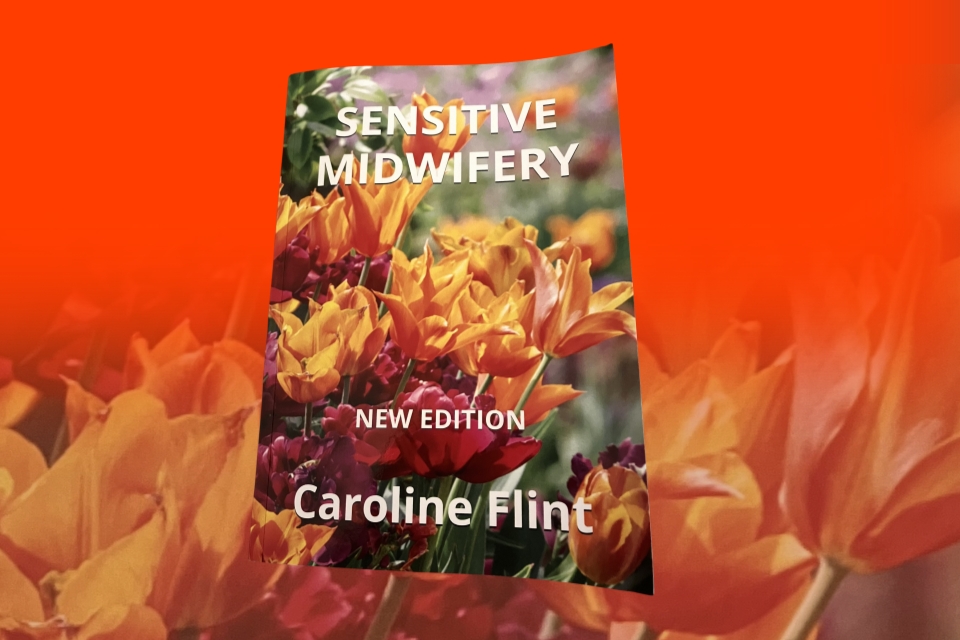‘Sensitive midwifery’, by Caroline Flint, an updated version of a classic midwifery text has just been published. Dr Jenny Hall, editor for the Maternity and Midwifery forum, reflects on the old and new books.
______________________________________
Back in 1986, as a fairly recently qualified midwife working in a highly medicalised environment, I discovered the first edition of this book, ‘Sensitive Midwifery’, written by Caroline Flint. Caroline had written it then, she says in the preface, as “a practical guide for midwives who were, without realising it at the time, going through a golden age”, with good staffing levels and positive value and relationships with Obstetricians (I have to add to that these were not always the case- certainly not where I was in the country!) She is certainly right about the staffing levels and the opportunities to learn and walk alongside women and babies was there. The book was transformative for many people, and I have seen so many senior midwives acknowledge on social media that the original changed their thinking and their practice, at the announcement of this new version.
I still have the copy, and I have used it and referred students to it ever since. I still have my ‘lovely box’ and welcome the use of soft toilet paper and long baths (you really have to read the book to understand!). This was the first time I had seen someone suggest that midwives ought to be cherished and nurtured and look after themselves better, long before ‘caring for you’ became a Thing. And this is just in the introduction, it’s the starting point, recognising that midwives are human beings with lives, their own birth stories (or not) to tell, The book was one of the things that transformed how I thought about giving birth and being a midwife, enabling me to give birth at home a few years later.
For the new version Caroline, now in her 80’s, has written, supported with editing by experienced retired midwife, Deborah Hughes, and wonderful illustrations by artist Helen Chown, who had illustrated the initial book. As indicated, this is a very practical book, guiding simply steps you take to facilitate care during pregnancy, labour and birth and nurturing women in the postnatal period. Caroline guides you as if you are independently caring for a friend or colleague choosing to birth at home, which is all transferable to the care of every person in our care. It covers waterbirth, monitoring, baby loss and it also covers how ‘evidence’, NICE guidance, policies and politics have influenced and controlled practice; how midwives have allowed this to happen.
I recall the original book made me question a great deal, giving me courage to step outside the medicalised mantra, and this version is doing the same. The text comes from thousands of hours of Caroline (and Deb) sitting with women through pregnancy and observing their labours and births. It speaks from the heart and speaks to the soul. What sings throughout is love and kindness as the major qualities of midwifery care, along with having love and kindness for yourself and colleagues, all important starting points for everyone. I admit there are some things where I don’t have the same views- but I feel that about many texts I read- and it is good to challenge and be challenged. It is how we grow as midwives. This new version of the book needs to be read by the next generation of midwives. So, take this gift and read with your questioning hat on- consider how the practical recommendations can help you improve your skills and grow into the loving, emotionally and spiritually aware midwife this book will help you to be.
Dr Jenny Hall
Freelance midwifery editor, educator and researcher
September 2024



1 comment
How do we obtain a copy
Comments are closed.